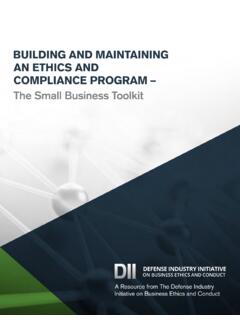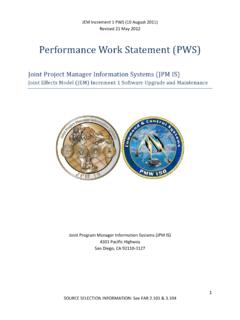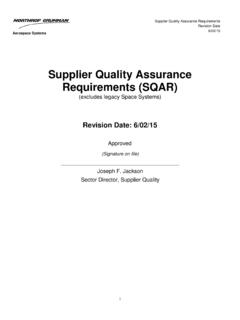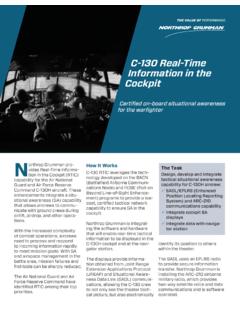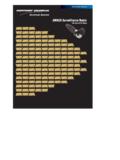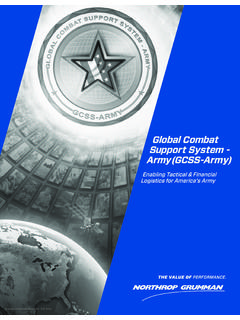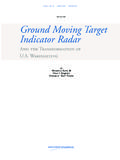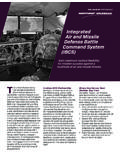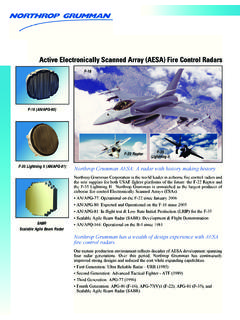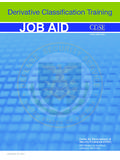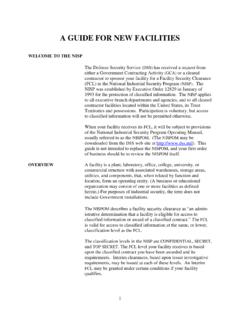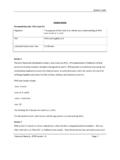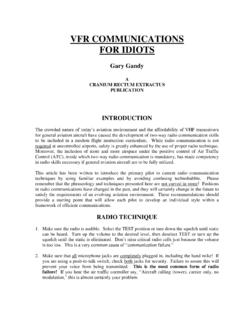Transcription of INITIAL DOD TRAINING - Northrop Grumman Corporation
1 INITIAL DoD TRAINING 6/2/2017 Page 1 of 14 INITIAL DOD TRAINING Congratulations! The results of your Background Investigation (BI) have confirmed that you are eligible for access to classified material. An INITIAL security briefing is required before access to classified information. This briefing covers the basic security requirements of obtaining and maintaining a DoD security clearance . your specific clearance level is contained within the e-mail that you received. In addition, your local Site security Representative was copied on the same e-mail. For site specific guidance make sure to check with your site security representative. your OBLIGATION As a part of receiving your security clearance , you will be signing the Standard Form 312, Non-Disclosure Agreement. By signing this form you are agreeing to accept a lifelong obligation to: Protect classified and sensitive information Submit any writing for pre-publication review Avoid unauthorized disclosure, retention, or negligent handling of sensitive information and materials.
2 You are also verifying, by your signature, that you understand the consequences of breaching this Non-Disclosure Agreement. BOUND BY LAW The document you will be signing is a legally binding agreement between you and the United States Government. While there are a number of statutes mentioned in this agreement, there are two titles that provide specific punishments for violations. Disobeying any of the statutes of Title 18 or Title 50 can lead to: Prison sentences, fines, or, both. You are encouraged to familiarize yourself with the statues of these titles by visiting the sites shown. Title 18: @title18&edition=prelim Title 50: @title50/chapter23&edition=prelim INITIAL DoD TRAINING 6/2/2017 Page 2 of 14 REQUIREMENTS TO maintain your clearance In order to hold a clearance or special access, you need to meet some basic requirements.
3 You must receive the INITIAL security TRAINING , which you are doing now. To maintain your clearance you must have valid contract work that requires you to have access to classified material. You will continue Periodic Re-investigations every five or 10 years depending on your level of clearance . o You may have to complete additional screenings such as a polygraph. You will always need to verify a need-to-know before releasing classified information. o Just because a person has a security clearance does not mean they have a need-to-know. It is your responsibility to determine that the person should know the classified information in performance of their job responsibilities. You will participate in annual security refresher briefings and trainings. CLEARANCES VERSUS ACCESSES There are three levels of classification within the Department of Defense (DoD): Confidential.
4 Confidential is information that when compromised could expect to cause damage to our national security . Secret. Secret is information that when compromised could result in grave damage to our national security . Top Secret. Top Secret is information that when compromised could result in exceptionally grave damage to our national security . If you received an Interim clearance level of either Secret or Top Secret you are authorized to access most classified material. There are restrictions with an interim level for some specific classified materials such as CNWDI, SAPs, etc. check with your local security officer to determine specific restrictions based on your particular job needs. There are two levels of clearance within the department of energy: L clearance . Can be converted to equivalent DoD Secret.
5 Q clearance . Can be converted to equivalent DoD Top Secret. Clearances and accesses are sometimes used interchangeably however, they are very different. A person only holds one clearance at a time which is either, Confidential, Secret or Top Secret. However, an individual may hold multiple accesses simultaneously. Accesses are to provide more stringent levels of control on specific information related to intelligence sources, methods and technologies. These are Special Access Program Special Access Required (SAP SAR), and Sensitive Compartmented Information (SCI). Additional information about special accesses can be provided by your Site security Representative. INITIAL DoD TRAINING 6/2/2017 Page 3 of 14 WHO ARE WE PROTECTING Our primary business is national security . So what are we protecting?
6 Our Nation. We are protecting our war fighter and people in countries abroad as well as our citizens here in the United States. Our Company and Jobs. We must ensure strict adherence to rules and regulations set forth by our leaders to solidify the ongoing and future success of this company. Our Customers and Suppliers. According to our CEO, their success is our success. GOVERNMENT OWNED INFORMATION There are two categories of government furnished information that require our protection. Unclassified Classified Information Unclassified information, including For Official Use Only (FOUO) and Controlled Unclassified Information (CUI) should be secured in some manner at the end of the working day. This can be as simple as putting it in a desk drawer or as complicated as securing it in an approved safe or alarmed facility.
7 Specific guidelines are available, be sure to check with your local security Representative. Classified information provided on a contract (Confidential, Secret or Top Secret), requires that individuals maintain positive control of material at all times. All government furnished materials, depending on the level, should be destroyed or returned to the customer when no longer needed or at contract completion. Coordinate with your local security Representative for appropriate disposition. CATEGORIES OF COMPANY PROTECTED INFORMATION Northrop Grumman employees must also protect company proprietary information. This information is divided in to two categories: Level I information - is information that reveals technical methods and applications that are unique to Northrop Grumman .
8 Level II information - is information that is exclusive to our company and not publicly available, such as financial or strategic planning data. When handling these types of information consider the value they could have to a competitor. These types of information should be destroyed by shredding or placed in approved areas for destruction of unclassified proprietary information. Never place proprietary information in common trash receptacles. If you are not sure how you should handle company proprietary at your location, contact your local security Representative or refer to the Protection of Company Information brochure or CO J300 and CTM J301. INITIAL DoD TRAINING 6/2/2017 Page 4 of 14 Protection of Company Information Brochure Protection of Information Procedure Proprietary Information Protection Web Page Proprietary Coversheets: Level 1 Coversheet Level II Coversheet CATEGORIES OF COMPANY PROTECTED INFORMATION Classified material may be transmitted in a number of ways: Shipped via Federal Express, Express Mail, or the United States Postal Service.
9 This depends upon the approvals in-place at your specific facility. Material can be hand carried. Hand carrying of classified materials from one location to another requires an additional briefing called a courier briefing. Material must be properly protected and there must be a direct route from origin to destination, no stops in between. If your customer requests that you bring material back to the facility or elsewhere, coordinate with your security Representative prior to accepting the material to make sure you know how to handle it. Air travel requires prior security approval. PROTECTION OF INFORMATION Protection of information is the key to our success and you are the primary factor in that protection. Immediately report actual or suspected information security incidents to the Cyber security Operations Center (CSOC) including: Lost or stolen company computers, cell phones and other electronic equipment Lost or stolen removable media, such as USB flash drives Suspected compromise of passwords E-mail acknowledgments or delivery receipts for actions you did not initiate System compromise, suspected compromise or unexplained system anomalies Spear Phishing and other suspicious email, including the suspicious e-mail as an enclosure.
10 Report suspected or actual loss or breach of Sensitive Personal Information (SPI) or contractually protected Personal Information (PI) to the Privacy Office at Report suspected illegal or inappropriate use of the internet or company computing resources to your immediate management, Business Conduct Officer, or the Northrop Grumman OpenLine. Through our processes and security controls, the company maintains the required high level of protection for classified information provided by or developed for government agencies. We INITIAL DoD TRAINING 6/2/2017 Page 5 of 14 must all be aware of the potential for classified information to be inappropriately introduced into the company's unclassified information systems, including electronic media. We term this a Code Blue event. Immediately report an actual or suspected Code Blue to the Northrop Grumman security sector Code Blue contact or other security point of contact.
